To mulch effectively, start by preparing the area. Clear away any weeds or debris to create a clean surface.
Then, loosen the soil with a rake or garden fork to improve aeration and water penetration. If weed control is a concern, consider laying down a weed barrier before applying the mulch.
Choose the type of mulch that best suits your needs, whether organic like shredded bark or inorganic like gravel.

Spread the mulch evenly over the area, aiming for a layer that’s 2-4 inches thick. Be sure to leave space around plant stems to prevent moisture buildup and rot.
Check the mulch layer annually and replenish as needed to maintain its effectiveness. Keep an eye on soil moisture levels and water your plants as necessary, especially during dry periods.
Making mulching a regular part of your gardening routine will help keep your garden healthy and thriving.
Mulching Techniques, Tips and Tricks:
Timing:

Apply mulch after the soil has warmed up in the spring but before the heat of summer sets in. This allows the soil to retain moisture and regulate temperature effectively.
Depth:
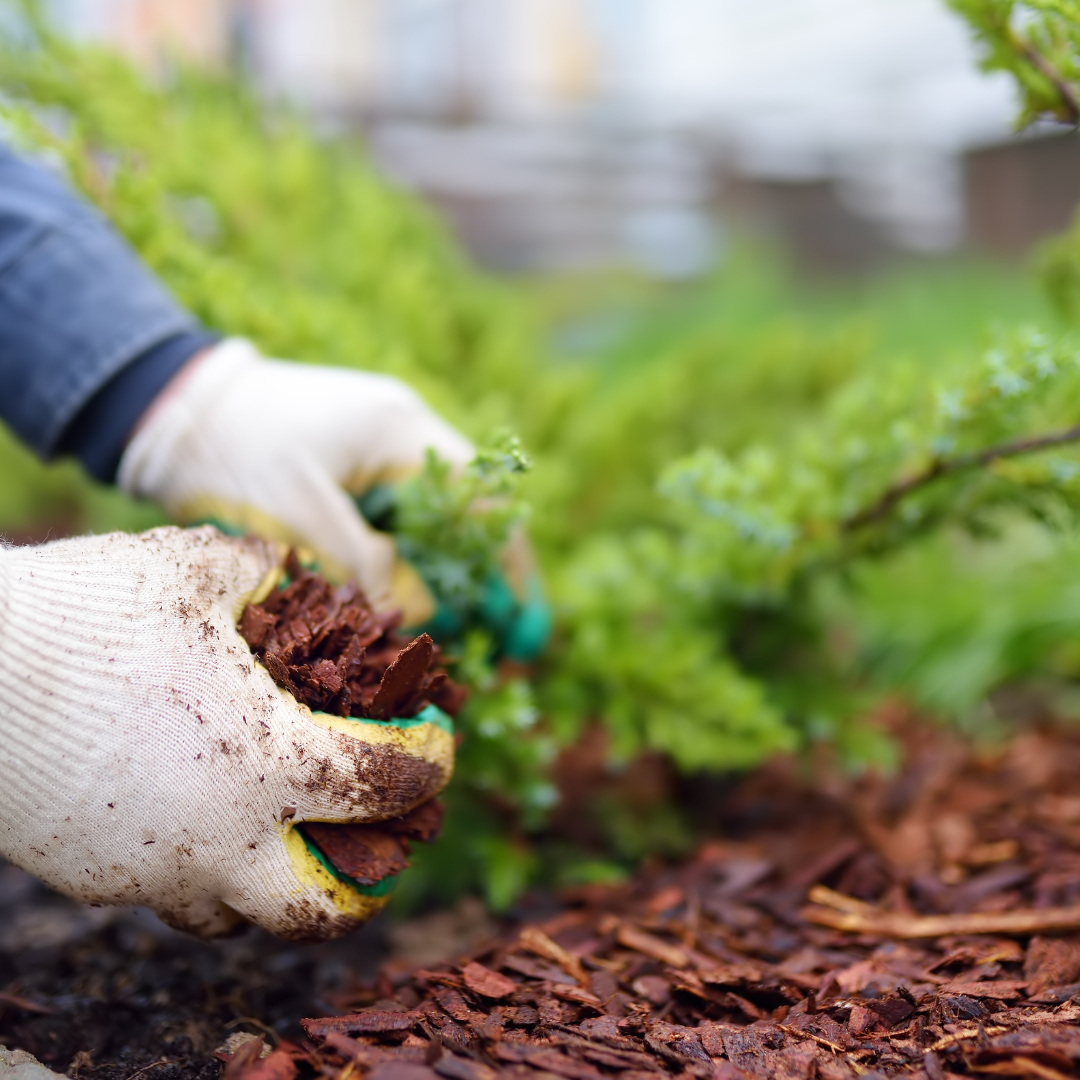
Aim for a mulch layer that is 2-4 inches thick. Too little mulch may not provide adequate weed suppression or moisture retention, while too much can suffocate plant roots and encourage pests.
Choose the Right Mulch:
Select a mulch that suits your garden’s needs and aesthetic preferences.
Organic mulches, such as wood chips or compost, enrich the soil as they decompose, while inorganic mulches, like gravel or plastic sheeting, offer long-lasting weed control.
Maintain Proper Coverage:
Spread the mulch evenly over the soil surface, making sure to cover the entire area. Avoid piling mulch up against plant stems or tree trunks, as this can promote rot and disease.
Mulch Around Trees and Shrubs: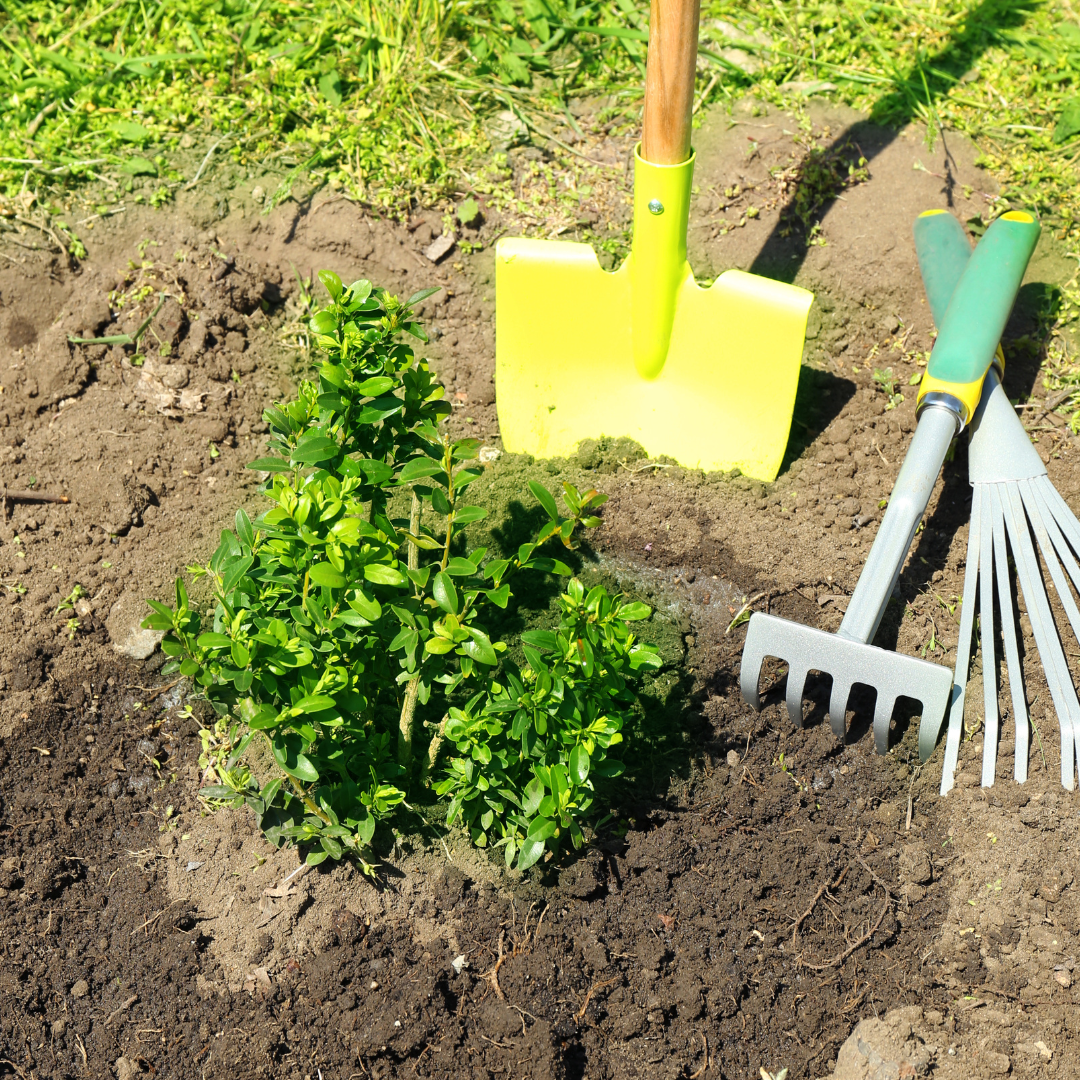
Leave a gap around the base of trees and shrubs to allow for air circulation and prevent moisture buildup. This helps prevent trunk rot and promotes healthy growth.
Refresh Annually:
Mulch breaks down over time, so it’s important to replenish the layer annually. Check the depth of the mulch layer each spring and add more as needed to maintain the desired thickness.
Consider Color and Texture:
Choose a mulch that complements your garden’s aesthetic and enhances its overall appearance.
Dark-colored mulches can help retain heat and warm the soil, while lighter-colored mulches reflect sunlight and keep the soil cooler.
Mulch Pathways and Garden Beds:
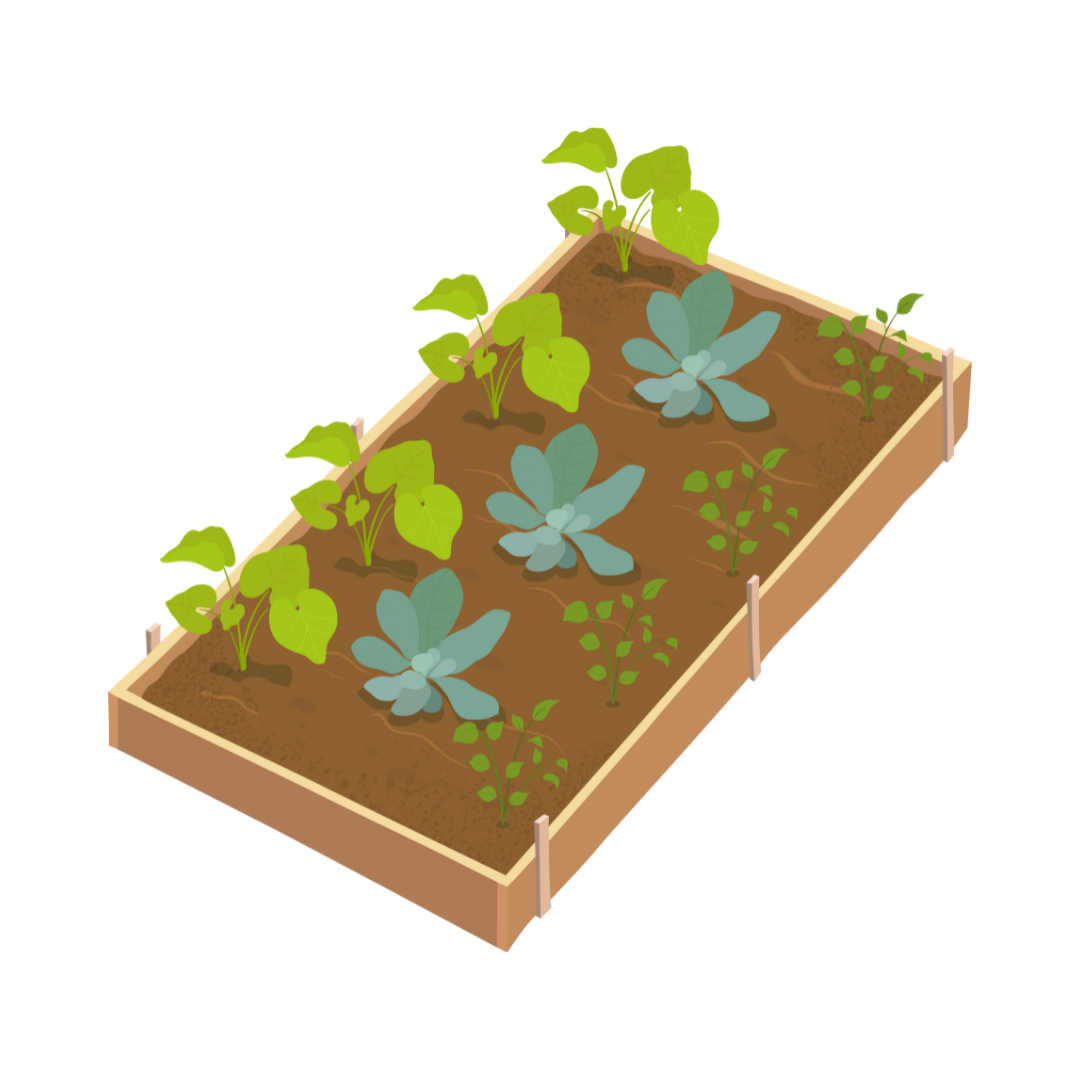
Mulching pathways and garden beds helps suppress weeds and create a tidy appearance.
Use a thicker layer of mulch in these areas to provide effective weed control and minimize maintenance.
Monitor Moisture Levels:
Keep an eye on soil moisture levels, especially during hot, dry weather. Mulch helps retain moisture in the soil, but it’s still important to water your plants as needed to prevent drought stress.
By following these tips and tricks, you can effectively mulch your garden to promote healthy growth, suppress weeds, and conserve moisture.
Common Mulching Mistakes to Avoid
Avoid common mistakes such as over-mulching, which can lead to root rot, and using mulch that contains weed seeds or harmful chemicals.
Additionally, be mindful of mulch volcanoes around trees, as they can cause moisture and pest problems.
Environmental Impact of Mulching

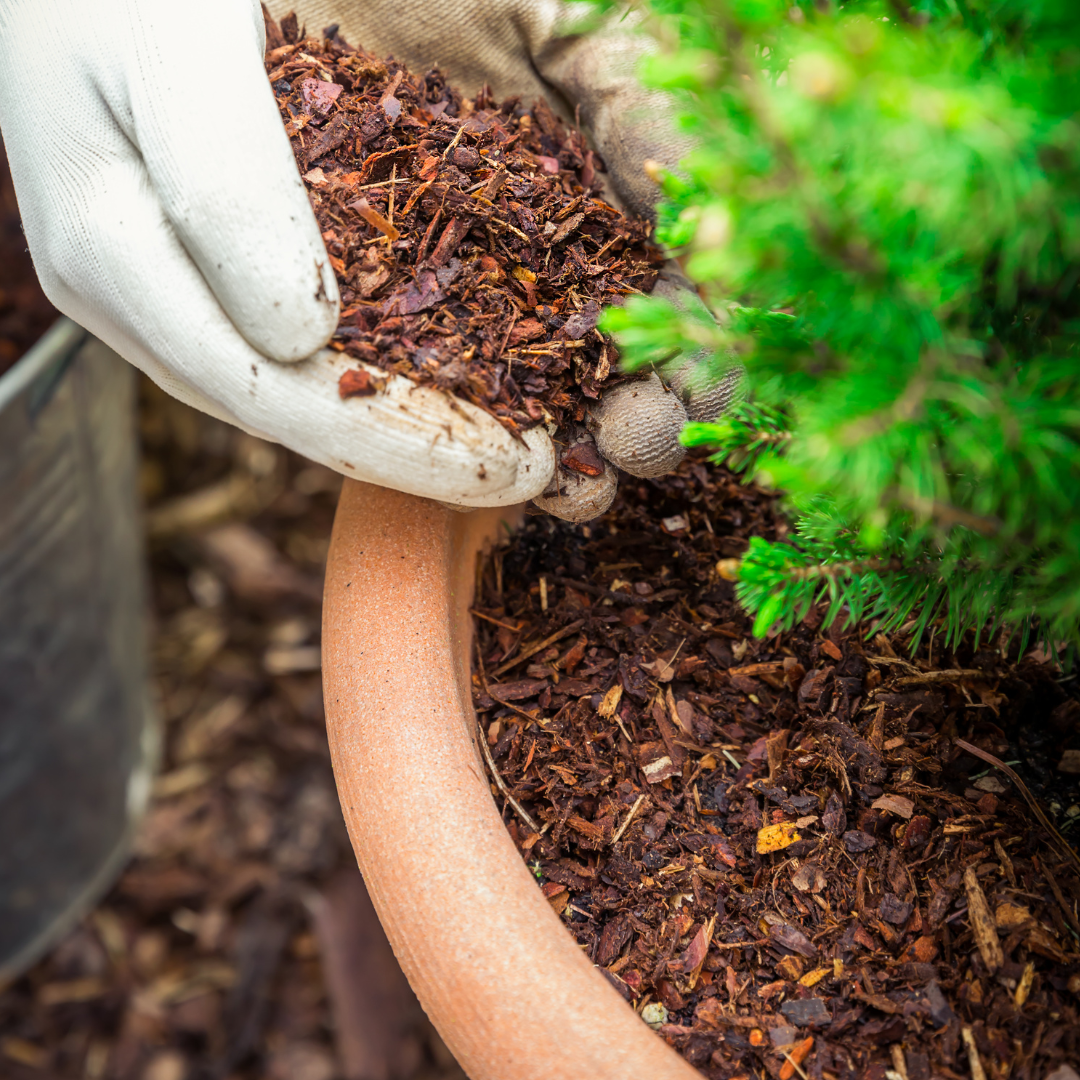
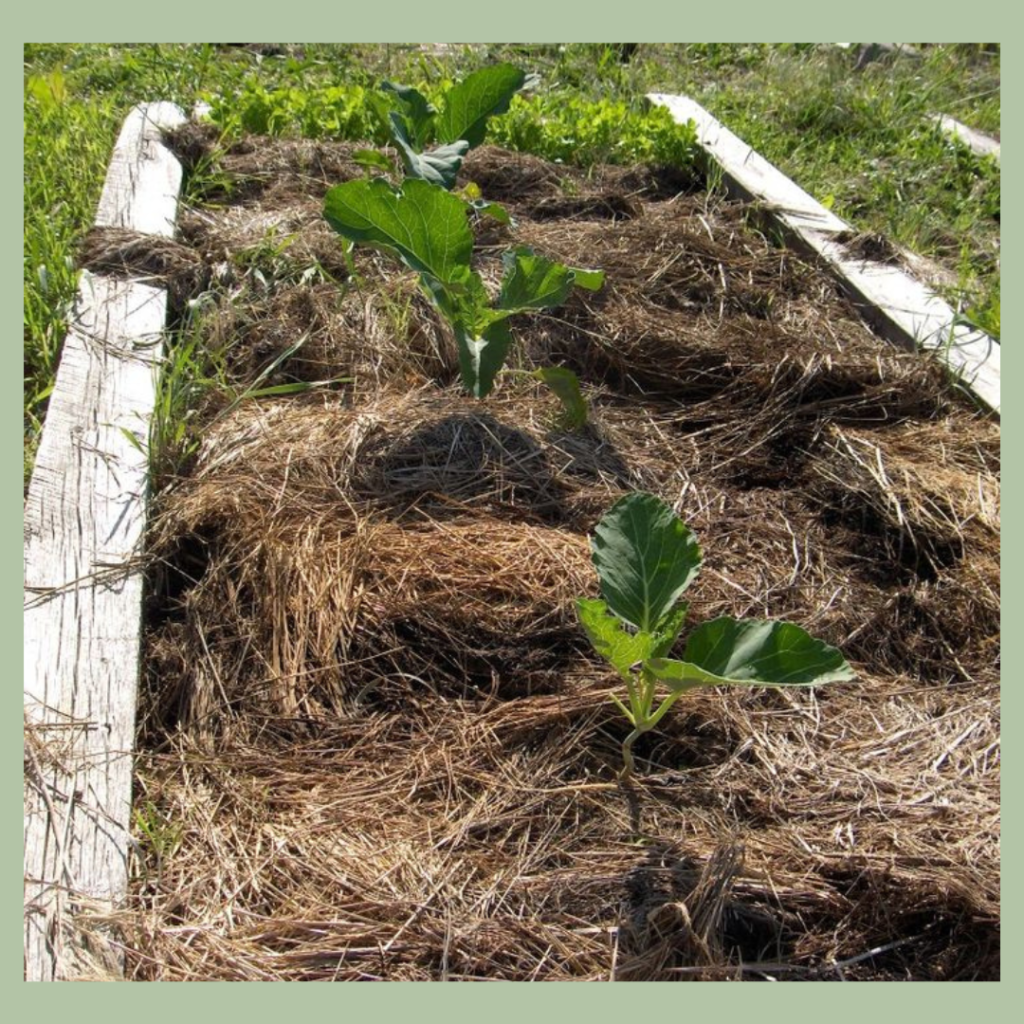
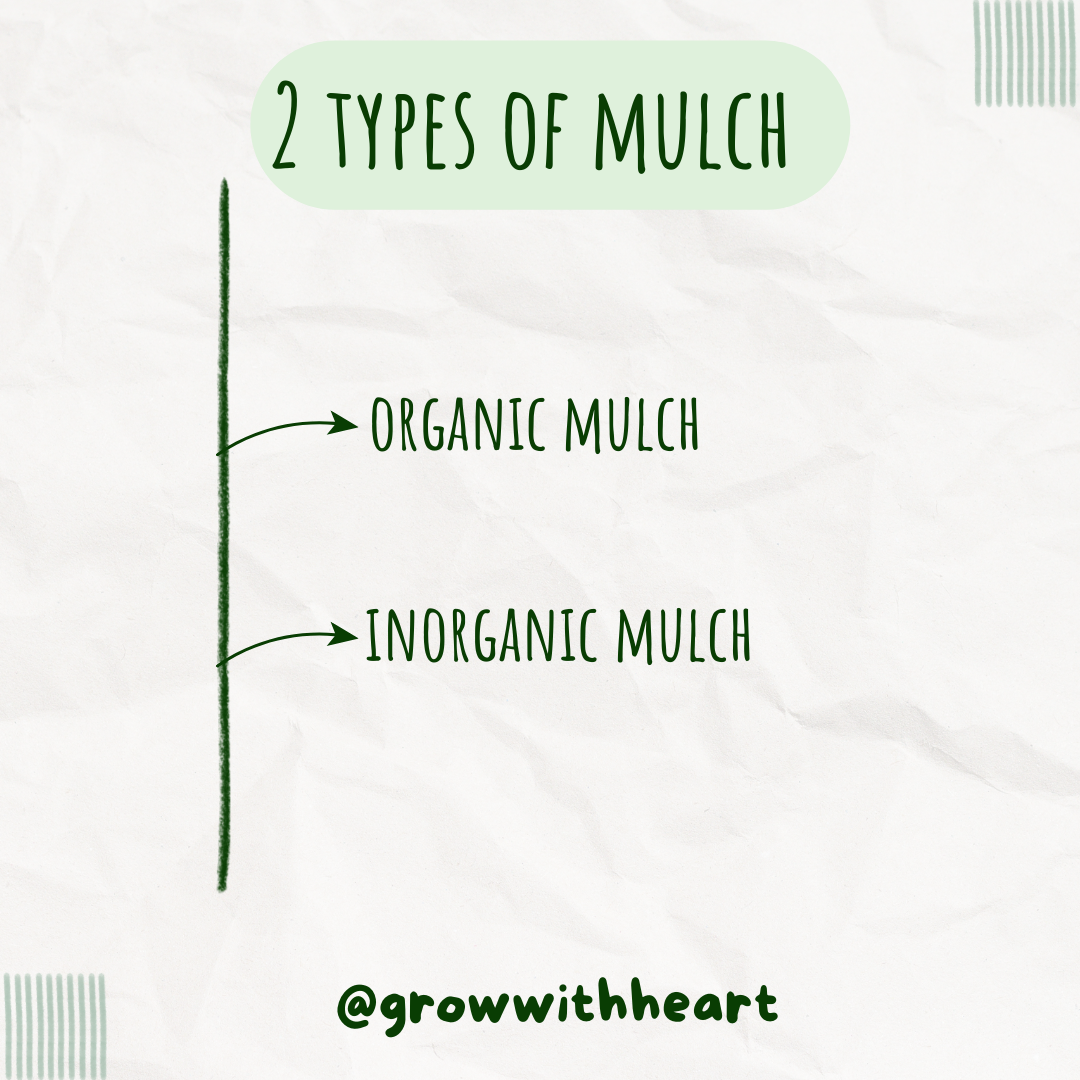
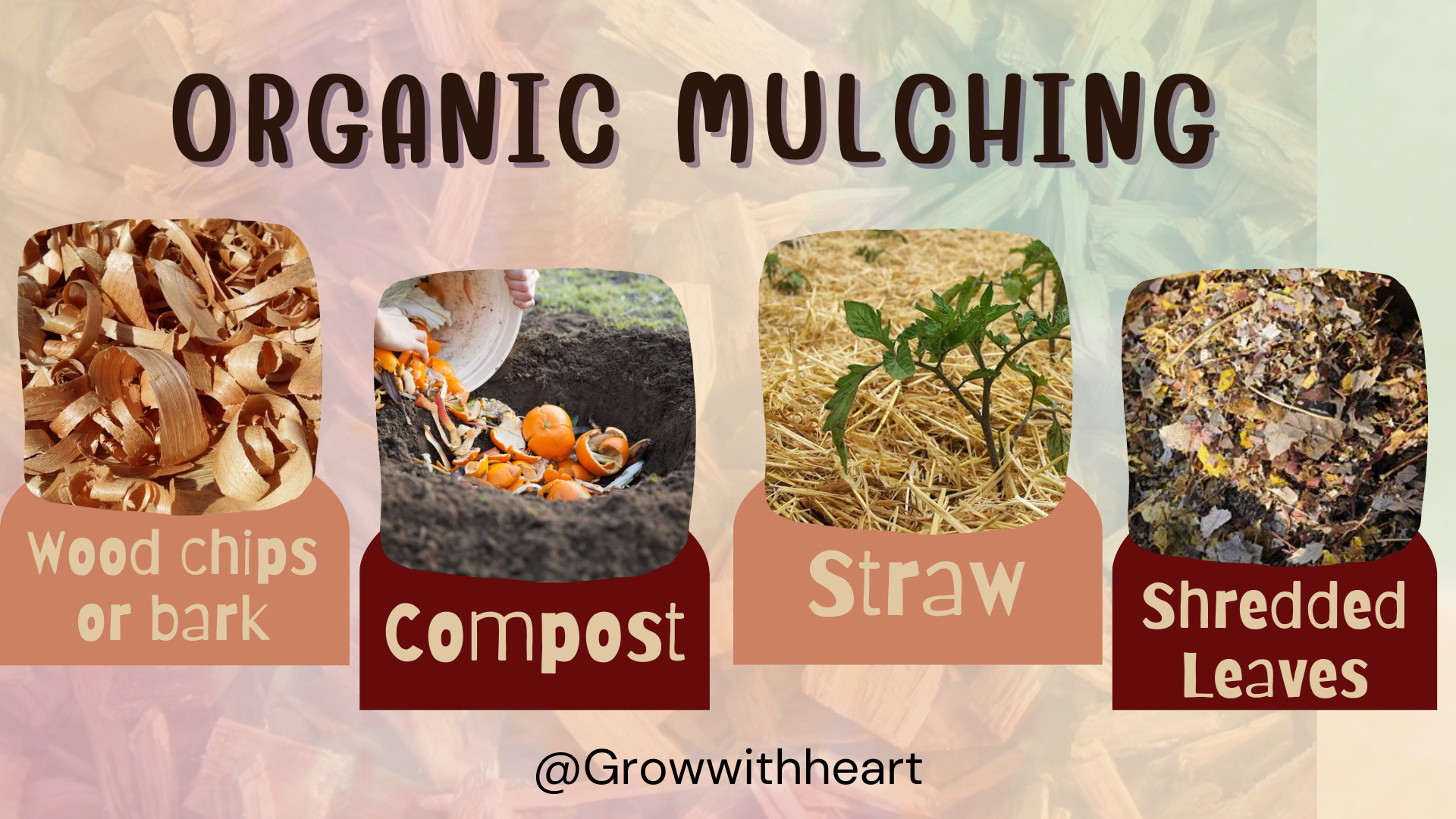
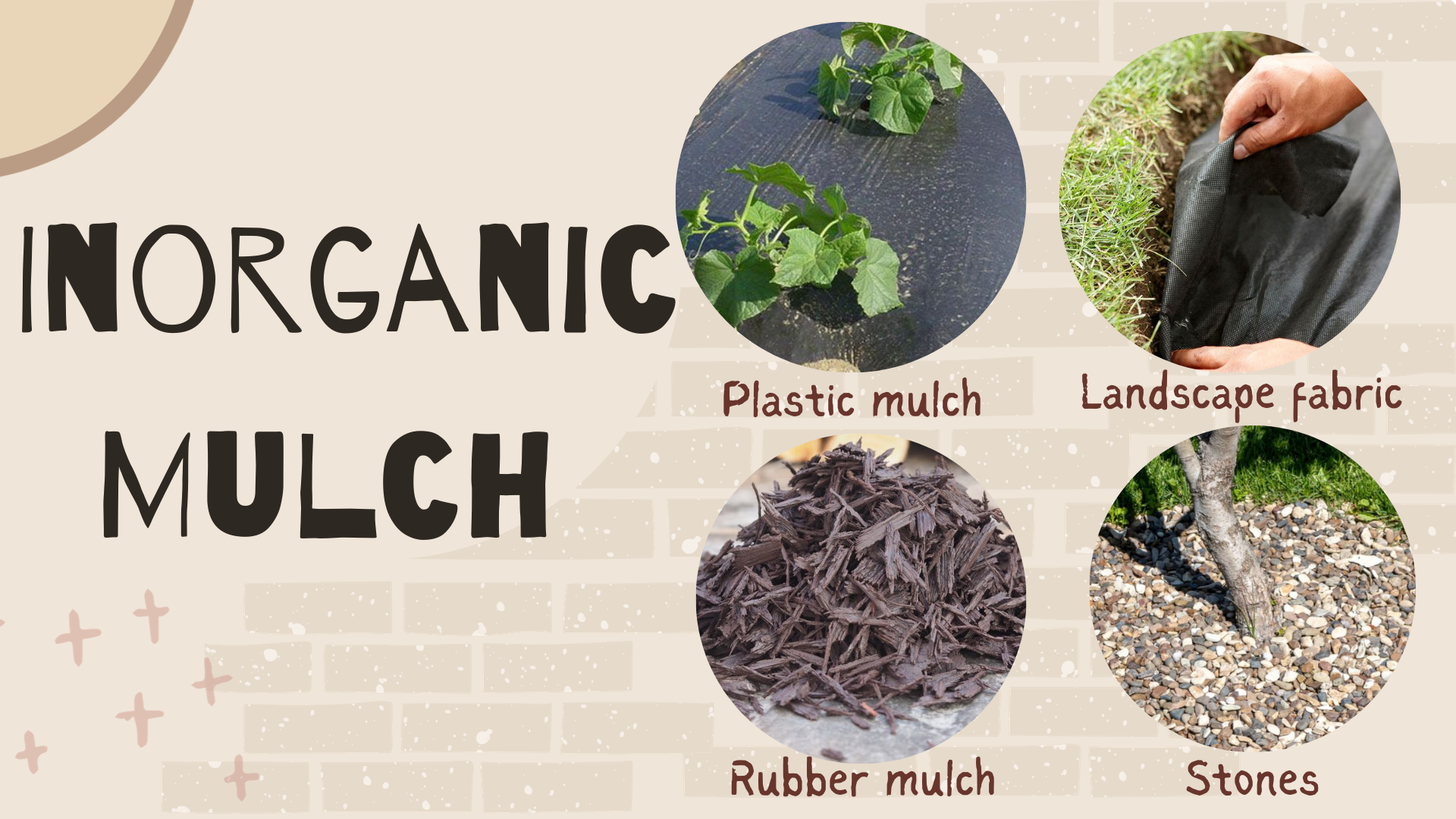
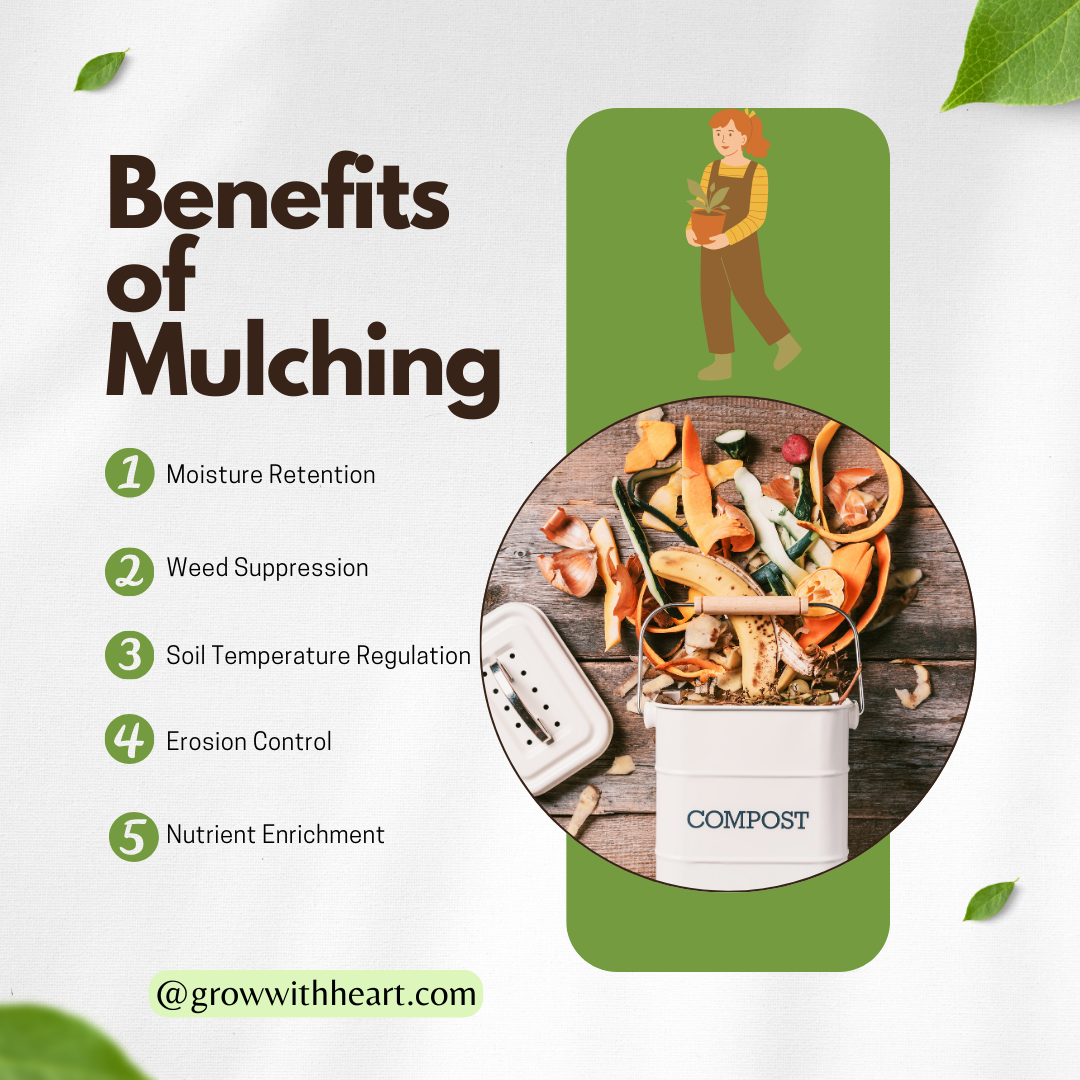







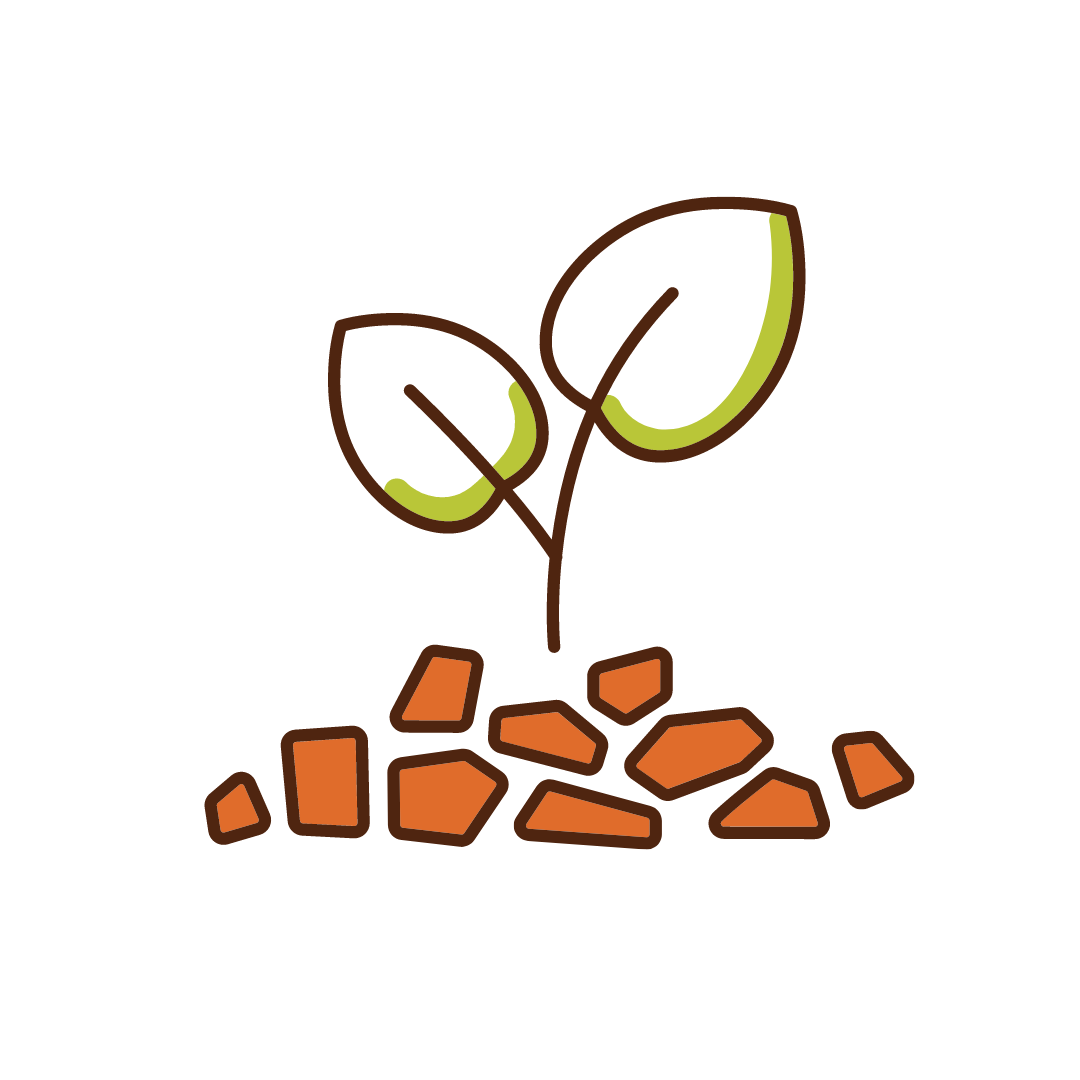
Pingback: 6 ways to improve soil fertility -
Pingback: 10 organic gardening principles you must know! -
Pingback: How to Protect Your Vertical Garden from Pests Naturally🪰
Pingback: "How to Build Healthy Soil from Scratch: A Step-by-Step Guide”
Pingback: 12 Kitchen gardening planting techniques you need to know! -